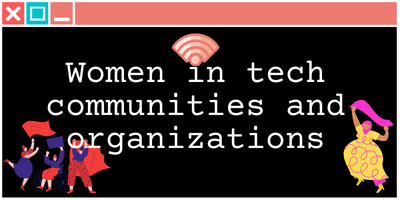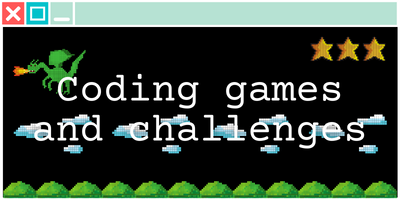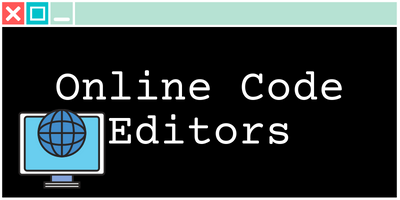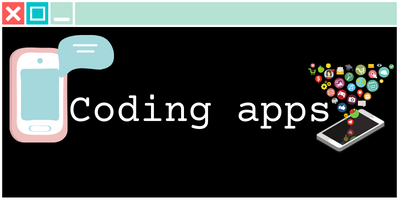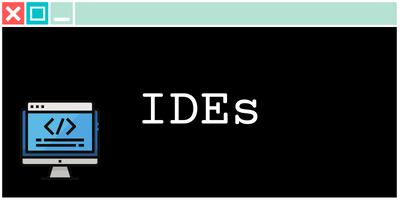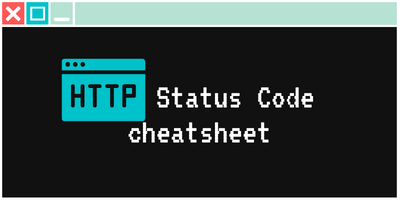As a programmer, it’s important to have a strong understanding of the concepts and technologies that are commonly used in software development. Whether you’re a front-end developer, a back-end developer, or a full-stack developer, there are certain skills and knowledge that are essential to succeed in your role. In this article, we’ll take a look at some of the key concepts and technologies that are important for programmers to understand, regardless of programming language or specialization. From algorithms and data structures, to RESTful APIs and cloud computing, we’ll cover some of the fundamentals that every programmer should be familiar with. So, whether you’re just starting out in your programming career, or you’re a seasoned pro looking to brush up on your skills, this article is for you.
1 - Algorithms and data structures
Algorithms are a set of instructions used to solve problems and accomplish specific tasks, while data structures are ways of organizing and storing data in a computer. Understanding common algorithms such as sorting algorithms (like bubble sort, quick sort, etc) and data structures such as linked lists, arrays, trees, and graphs is essential for efficient and effective programming. It can help you to choose the right algorithm or data structure for a specific problem, which can make a huge difference in terms of performance and scalability.
2 - Object-oriented programming
Object-oriented programming (OOP) is a programming paradigm that uses objects and their interactions to design applications and computer programs. Understanding concepts such as inheritance, polymorphism, and encapsulation is fundamental for many modern programming languages such as Java, C++, Python, C#, etc. Inheritance allows you to create a new class that inherits properties and methods from an existing class, polymorphism allows objects of different classes to be treated as objects of a common base class, and encapsulation allows you to hide the implementation details of a class from other parts of the code.
3 - Design patterns
Design patterns are common patterns for solving specific programming problems. They provide a way to structure code and make it more maintainable and reusable. Examples of design patterns include the Singleton pattern, which ensures that a class has only one instance, and the Observer pattern, which allows objects to be notified of changes to other objects. Understanding design patterns can help you write more organized, maintainable, and testable code.
4 - Version control
Version control is a system that tracks changes to source code over time, allowing developers to collaborate on a project, roll back to previous versions, and revert mistakes. One of the most popular version control system is Git, which allows multiple developers to work on the same codebase simultaneously and provides a way to keep track of changes and collaborate with others. Understanding version control systems such as Git is crucial for any developer, especially when working in a team.
5 - Continuous Integration/Continuous Deployment (CI/CD)
Continuous Integration and Continuous Deployment are practices that allow developers to automate the process of building, testing, and deploying code changes. With CI/CD, code changes are automatically built, tested, and deployed to different environments. This allows developers to catch issues early in the development process and deploy code changes faster and more frequently.
6 - RESTful API's
Representational State Transfer (REST) is an architectural style for building web services. A RESTful API is an API that follows the principles of REST. By understanding how to build and consume RESTful APIs, developers can build scalable and distributed systems. RESTful APIs use HTTP requests like GET, POST, PUT, DELETE to interact with a server and can return data in formats like XML or JSON. It’s a widely used standard for building web services and understanding how to build them allows for better communication between systems and services.
7 - Docker
Docker is a platform that allows developers to package, deploy, and run applications inside containers. Containers are lightweight and portable, and they provide a consistent environment for running applications, regardless of the underlying infrastructure. Understanding how to use Docker can help developers to deploy applications in a consistent and efficient way and make it easier to test and deploy in different environments.
8 - Unit tests and integration tests
Unit tests and integration tests are methods for testing code to ensure that it behaves as expected and to catch bugs early in the development process. Unit tests are tests that test individual units of code, such as individual functions or methods, while integration tests test how different units of code work together. Writing automated tests helps to catch bugs early in the development process, improves the code’s quality and makes it easier to refactor or add new features without introducing new bugs.
9 - Agile methodologies
Agile methodologies are frameworks for project management and software development that prioritize flexibility and collaboration. Agile methodologies focus on delivering working software quickly, and they encourage close collaboration between developers, stakeholders, and customers. Understanding Agile methodologies such as Scrum or Kanban, and concepts like sprint, user stories, backlog and stand-up meeting, is important for a flexible way of programming, especially when working in a team.
10 - Cloud computing and distributed systems
Cloud computing is a model for delivering computing resources over the internet. This allows developers to build, deploy, and operate systems that run on cloud infrastructure such as AWS, GCP, or Azure. Understanding how to build, deploy and operate systems on cloud infrastructure is important for building scalable and highly available systems. Distributed systems refers to systems that are spread across multiple devices or locations, and that are typically used to build large-scale, highly available, and fault-tolerant systems. Understanding the concepts of cloud computing and distributed systems can help developers to build systems that can handle large amounts of data, traffic, and users.
11 - Debugging and performance profiling
Debugging is the process of identifying and fixing bugs in code. Performance profiling is the process of measuring and analyzing the performance of code. Understanding how to diagnose and fix bugs and performance issues in code is important for developing reliable and efficient software. Debugging tools, such as debuggers, can help developers identify the source of bugs and performance issues, while performance profiling tools can help developers to identify bottlenecks and optimize code for better performance.
12 - Database management and SQL
Database management is the process of creating, configuring, and maintaining databases. SQL (Structured Query Language) is a programming language that is used to interact with databases. Understanding how to interact with and manage databases, such as MySQL, PostgreSQL, or MongoDB using SQL is important for developing robust and efficient applications. It allows developers to store and retrieve data, create tables and relationships, and perform complex queries. It is a fundamental skill for many applications that need to store and retrieve data.
13 - Security
Security is the practice of protecting systems and data from unauthorized access or attack. Understanding the basics of security threats and countermeasures is important for developing secure applications. Topics include authentication, encryption, SQL injection, and Cross-site scripting (XSS) are examples of security threats, and are the types of threats that developers should be aware of when building their applications.
14 - Networking
Networking is the process of connecting computers and devices to share information and resources. Understanding the basics of networking protocols, such as TCP/IP, HTTP, and DNS is important for developing applications that need to communicate with other systems and services. Networking protocols define how data is transmitted over networks and how devices communicate with each other. Understanding these protocols can help developers troubleshoot issues and optimize the performance of their applications.
Conclusion
In conclusion, understanding key programming concepts is essential for any developer looking to improve their skills and advance their career. From algorithms and data structures, to object-oriented programming, design patterns, and version control, mastering these concepts can help you write more efficient and effective code. Additionally, understanding practices such as CI/CD, Docker, and Agile methodologies, as well as technologies like RESTful APIs, cloud computing, and databases, can help you build scalable and reliable applications. Remember that the programming field is constantly evolving, and staying current with the latest technologies and trends is important for long-term success. Start learning and practicing these concepts today, and you’ll be well on your way to becoming a great developer.
Tools I use for this site
- I buy all my domain names on Namecheap, as thetrendycoder.com
- The hosting of this website is made on Bluehost.
- The website is created with WordPress.org (and not WordPress.com).
- I use the page builder Elementor because it makes it easy to create modern pages with drag and drop.
- I have multiple websites, and on most of them, I use themes from wpKoi. I love their design, they are very original and work well with Elementor.
- All the designs and images are created using canvas.
- I use Grammarly and languagetool to correct all my spelling and grammar mistakes.
- SEO is a big thing on a website, I use a WordPress plugin called YoastSEO to help me with the basic analysis. I also use a tool called Keysearch for choosing the right keywords.
- To handle affiliate links, I use two platforms: impact and ShareASale.
You want to write on TheTrendyCoder ?
If you are interested in publishing guest articles on this website, sharing your experience or coding tutorials, apply through this form.
NO EXPERIENCE needed!
NO PERFECT English needed!
NO DEGREE needed!
NO AGE limits!
No matter at what stage we are in our tech journey, we all have learned things and experienced things. Sharing them can help others and even help us. So, if you are a student, a professional, or a self-taught coder, feel at home and share some of your knowledge with the community.


